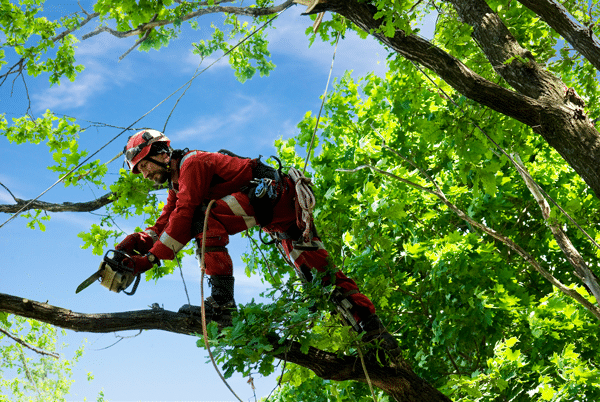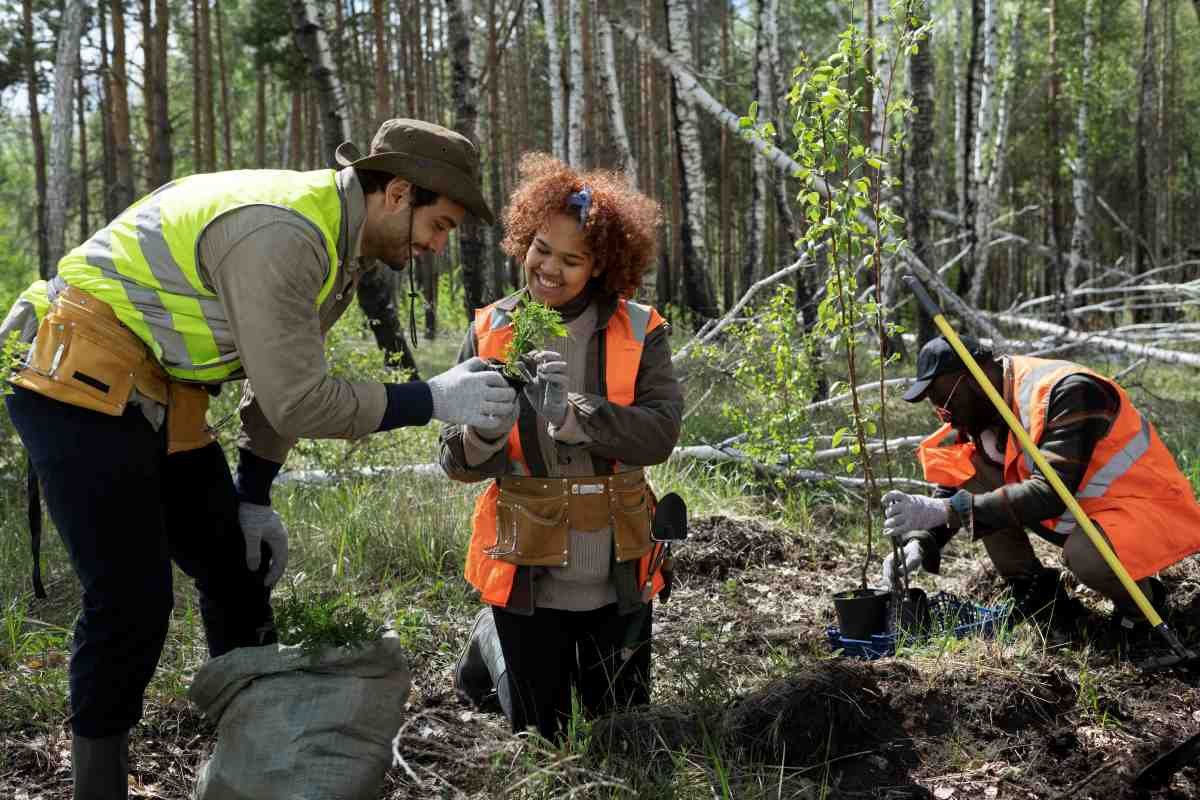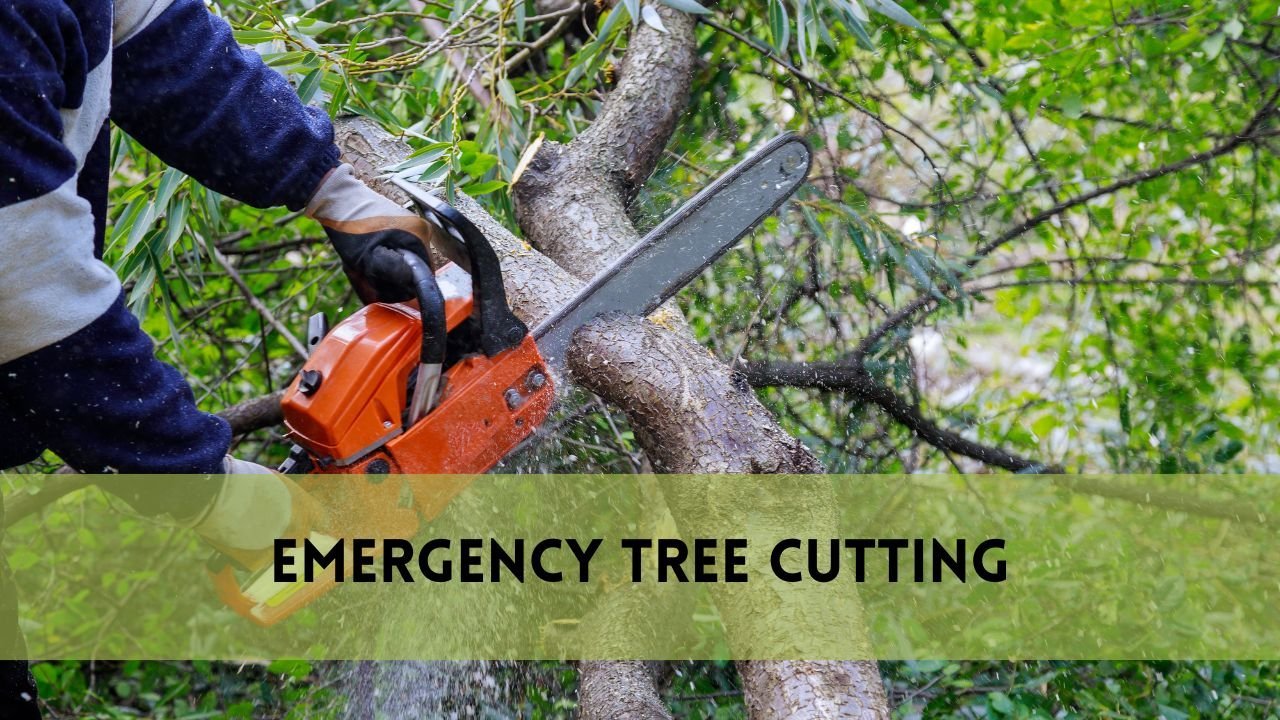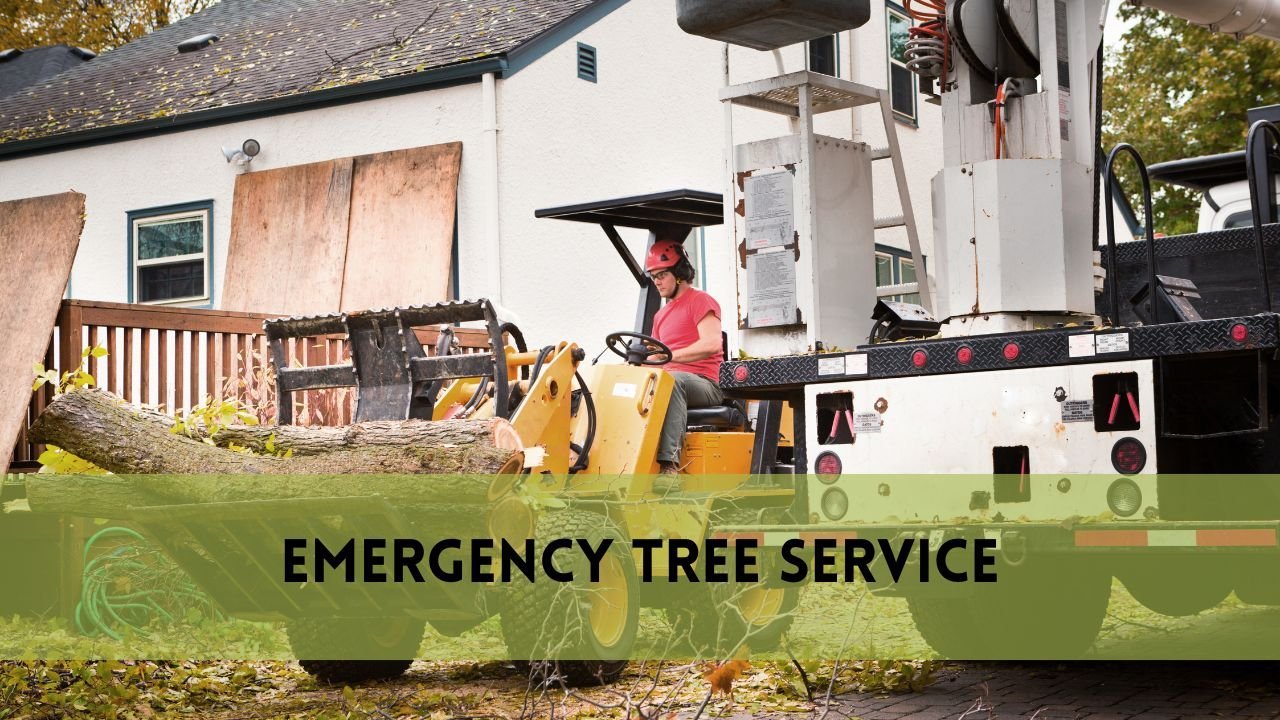Banana trees, loved for their tropical charm, must be removed from time to time due to overgrowth, disease, or garden renovation. We’ll coach you through the effective removal process. We’ll provide useful insights to protect your garden, from analyzing the need for removal to acquiring the necessary instruments and carrying out the removal itself. A banana tree only bears fruit once during its lifetime.
Methods to Remove Banana Trees
You don’t want to endanger your soil’s quality or create potentially harmful situations for your dogs, wildlife, or children. In that situation, extracting a banana with a machete, a spade, and a pick is your best chance.
Herbicides can be used to kill banana plants, but a less-toxic strategy that you prefer is the best way to kill banana trees.
Remove Banana Tree Using a Manual Method
- Use a saw or pruning shears to make a clean, diagonal cut.
- Once the tree has been cut down, the roots must be removed.
- Start digging the stems and rhizomes out with a shovel
- Cut away the roots.
Disposing of the debris
Properly disposing of waste generated during the removal of a banana tree is an important part of the process since it not only assures a clean and orderly garden but also plays an important role in environmental stewardship.
The banana tree’s thinner branches and foliage can be a wonderful addition to the compost pile. Cutting them into tiny pieces allows for more rapid decomposition.
Larger branches and trunk parts should not be discarded. Consider reusing them in your garden instead. These materials can be used as natural mulch, aiding in moisture retention, soil temperature regulation, and weed suppression.
Consult your local waste management requirements for any debris that cannot be composted or repurposed. Many municipalities provide green waste pickup services or have designated yard waste disposal facilities.
Remove Banana Trees Using Chemical Methods
Herbicides
The existence of rhizomes is one of the most difficult parts of dealing with banana trees. These thick, fleshy roots can extend quickly underground and send up new shoots, making it difficult to totally uproot the tree. This is why simply cutting down the tree is insufficient.
The use of a glyphosate-containing herbicide has been an accepted method of killing banana trees Glyphosate will kill the tree and its roots, preventing them from growing again.
To use glyphosate, you must chop the tree down as close to ground level as possible. You may need to use a chainsaw, depending on the size of the tree. When using power tools, always wear adequate safety equipment. You’ll have better access to the root system now that the tree is gone.
Mix the glyphosate according to the package directions and apply it directly to the roots. This can be done with either a pump sprayer or a wand attachment. Make sure to fully soak the roots. To prevent new growth from growing, you may need to reapply the herbicide every few weeks.
Kill Banana Trees Using Kerosine Oil
If you have a lot of banana plants or don’t want to deal with all the manual labor, you could try a chemical technique like kerosene. Kerosene use may be considered safe by agricultural professionals. However, it is not usually recommended in a residential situation.
Because kerosene is a very flammable liquid, there is always the risk of fire while using it. If you do decide to use kerosene, make sure you follow all safety measures.
Pour kerosene straight onto the stump and roots. For this to operate, the region must be completely saturated. After applying the kerosene, light it on fire and let it burn. The fire will kill the roots as it spreads.
Kill Banana Trees by Felling
- Grab an ax that is easy to hold.
- Begin by chopping along one of the bottom edges of the banana tree.
- Cut and make a notch around one-fifth of the overall lowered diameter.
- After being felled, healthy and mature plants may send up shoots or suckers, which must be removed in order to completely destroy the banana plant.
- After felling the banana tree, cut the tree down to avoid future banana generations.
- The trunk can also be safely broken up and composted.
Remove a Banana Tree Using Black Plastic Wrapping
- To effectively block out sunlight and impede photosynthesis, you’ll need large, thick black plastic sheets.
- Stakes, rocks, or garden staples will be required to keep the plastic in place.
- Safety should always come first. During the wrapping procedure, wear gloves and keep pets and youngsters out of the way.
- For best outcomes, carry out this treatment during the active development season of the banana tree.
- Remove any debris, weeds, or plants from the area around the banana tree to ensure that the plastic rests flat on the soil.
- Cut the black plastic sheets into huge lengths that will completely cover the banana tree.
- Wrap the banana tree carefully, making sure all of the leaves and stems are covered. To keep the plastic in place, use stakes, rocks, or garden staples.
- Wrap the banana tree carefully, making sure all of the leaves and stems are covered. To keep the plastic in place, use stakes, rocks, or garden staples.
- After a few weeks, the tree’s or the roots’ color will change from yellowish to brown.
- Don’t remove the wrapping. Wait for a few more days, as exposing the roots will help them reconnect with the sun and re-energize.
Safety Precautions
- Always wear appropriate protective gear, including gloves, safety glasses, and, if necessary, a mask or respirator.
- Remove any obstacles, debris, or other plants that might obstruct your work or pose tripping hazards.
- Ensure that all tools, such as saws, pruning shears, or shovels, are in good condition and properly secured.
- Do not attempt removal near power lines unless you are a trained professional.
- If using a ladder, make sure it’s stable and placed on level ground.
- Keep children and pets away from the removal area.
- If using chemicals, follow the manufacturer’s instructions meticulously. Store chemicals in their original containers, away from food or drink containers
- Have a well-equipped first aid kit on hand in case of minor injuries.
- Be aware of weather conditions.
- Do not leave sharp or hazardous objects lying around.
- When lifting heavy objects, like tree trunks or branches, use proper lifting techniques to avoid strain or injury to your back
FAQs
What is the best tool for felling banana trees?
Using a hand saw to chop down the tree’s stem is one of the most efficient methods. However, it is critical to use a saw with a sharp blade to speed up the procedure.
When is the best time to remove a banana tree?
The best time to remove a banana tree is during its active growing season, typically in the warmer months. This allows for more efficient cutting and reduces the chances of regrowth.
How do I prevent regrowth after removing a banana tree?
To prevent regrowth, it’s crucial to cut the main stem as close to the ground as possible and remove the stump. Applying a tree stump remover or herbicide to the cut surface can further inhibit regrowth.
Conclusion
Removing banana trees from your yard may be important for plenty of reasons, such as managing garden space or regulating the tree’s expansion. Whether you use a manual method such as machetes or handsaws or a chemical option such as herbicides, it is critical to emphasize safety and follow right protocols. You may successfully remove banana trees by analyzing the tree, selecting the appropriate tools, and disposing of trash appropriately.





